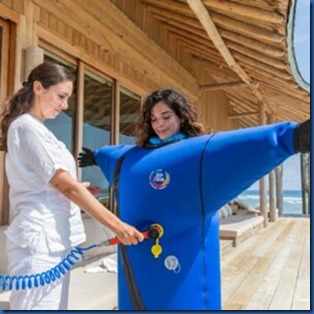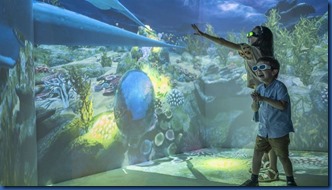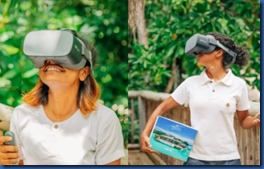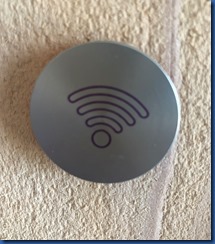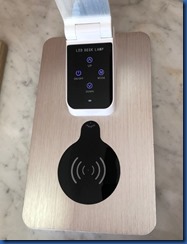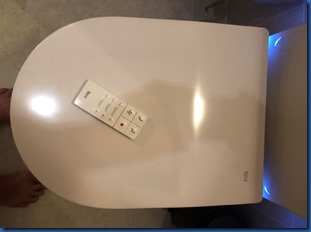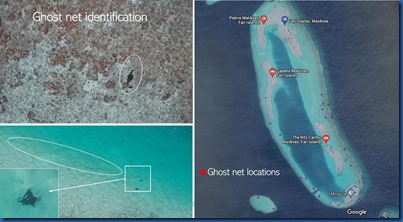
(photo credit: © Kay Mason)
Maldives Complete focuses on innovative offerings and features at various resorts and increasingly those are applying modern technological innovations like solar power, controls, apps, etc. But Ritz Carlton Maldives is investing heavily in creating the innovation itself with its Plastics Drone Project. The Ritz has embraced and sponsored the work of Melissa Schiele, a PhD Student at Loughborough University in Marine Engineering and Ecology who has lived and worked in the Maldives going on ten years. She is the Founder and Principal Investigator (lead scientist) of the Plastics drone project.
When I visited, I met Shaun Laughlin who is the current resident research on the project at the property who introduced me to the project and is the newest Naturalist drone pilot. But being a drone researcher is more than being adept with flying controls as Shaun has a background in science communication, expedition leading and herpetology.
This week I had a chance to catch up with Melissa personally to learn more about the drone ghost net research and other applications of the drone technology. Uses water landing, fixed-wing drones which flies between 10 and 20 metres high. Altitude is one of the variables that the project is experimenting with in order to find the optimal configuration for drone flights to achieve the best results in survey data collection.
Melissa shared the follow overview of the work to date:
- “I think the best and most poignant ghost net image we have, was taken by former Naturalist and drone pilot, Kat Mason, which shows an Olive Riddley turtle, ensnared in a ghost net, which was intercepted completely by chance on a drone flight. The discovery prompted an emergency rescue which involved several resorts, and the turtle was flown to Coco Palm for rehabilitation.
- “During pre-opening, Dr Sol and I located just under 20 ghost nets around the island [see photo at bottom]. There have subsequently been huge efforts to remove these nets from the reefs, some being extremely challenging even for our most experienced divers.”
- “The detection of ghost nets falls within the two routine flights carried out by the resort Naturalist per week, though results from my analysis may require this to be increased. Currently, I am analysing the data from the images, from the Ritz-Carlton site and our site in Faafu Atoll multirotor and fixed-wing output – pertaining to three distinct experiments we are running to detect all types of plastics and nets (59,000 images collected and counting!).”
- “What we can tell you, is ghost nets are extremely difficult to delineate let alone classify, in drone images, due to the complex and dynamic nature of their structure and movement. Dr Sol is feeding vast amounts of training data (from around the world) into his algorithm to see if ML can decipher the specific parameters of the nets. I’m looking at computer vision/signal processing techniques to see if the nets can be delineated by splitting the RGB channel (and in future, multispectral images). Ultimately, we posit that the more you fly, the more chance you have of spotting a ghost net. However, this research will also highlight the optimal temporal and spatial operational parameters (i.e. where you should be flying, and when) to increase interceptions.”
Actually, ghost nets aren’t the only thing the project looks for. It also can identify illegal fishing (but this application is being used mostly in the British Indian Ocean Territories, a smaller archipelago south of the Maldives).
The biggest area of focus at the moment is identifying ocean plastic. Just how to identify plastic in the ocean is a significant image processing challenge. But if it can be refined, then we can learn huge amounts about where it comes from, where it goes, how moves, and how we can address it. The Ritz Maldives resort provides an excellent laboratory for studying ocean waste because the landscaping screw cleans the beaches every morning. As a result, the project team can go through the waste that was collected and have a very accurate and consistent daily sample for a fixed stretch of land. That data can then calibrate the image survey from the drone. For example, if the drone detects 3 plastic items on the beach, but 9 were collected, that finding helps determine a multiplier that can be used in future surveys to estimate actual accumulation based on the identified fidelity of the aerial photography. And by looking at the composition of the waste in the ocean, we can start to determine how plastic and other items change with seasons, weather conditions, etc. The research is foundational in that a lot of what it is trying to do is to experiment with, test, and calibrate the use of drone technology as a technique for ocean surveying.
Finally, I especially applaud the way they turned this innovative research project into a creative guest experience. Guests can go out with Shaun on the ocean with his drone on the looking for the ghost nets along with him.
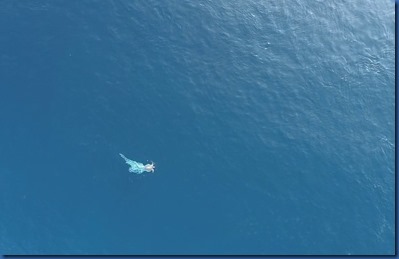
(photo credit: © Dr Sol Milne)

